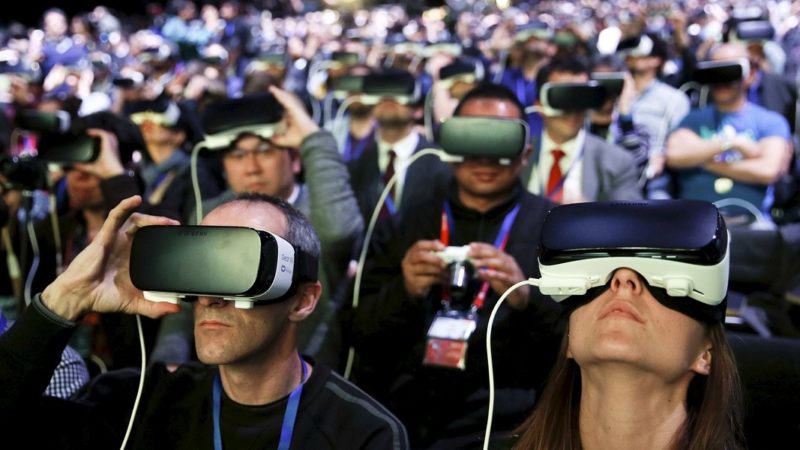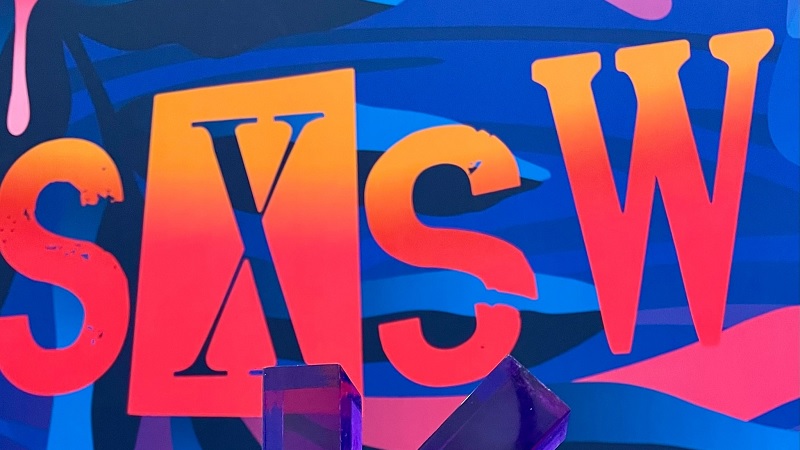Asia’s Tech Trends For The Music Industry in 2019
While 2018 was certainly a year of discovery for everyone in the music industry, we’ve gathered some of the year’s most exhilarating discussions in technological innovation and adoption implemented and in the process of experimentation.
While 2018 was certainly a year of discovery for everyone in the music industry, we’ve gathered some of the year’s most exhilarating discussions in technological innovation and adoption implemented and in the process of experimentation.

VR and AR companies have coasted 2018 with largely mediocre products. Any more hype and profitability may come from gaming for now.
With Asia’s growing demand for a more organised music economy, companies and artists are pushing the boundaries of fan engagement, live performances, creation, and music management. Asia is definitely embracing 2019 by adopting tech trends across the music industry.
Music Recognition Technology [MRT] or Audio Fingerprinting
While this is no longer a new technology, MRT is becoming more efficient when it comes to monitoring and tracking where and how often a song is being played on radio, content and streaming platforms in the digital world. While this remain one of the largest challenges faced in the new digital world, without MRT publishers, rights owners and artists lose their royalties each time music is played either in a live venue or digital platforms.
Although automatic music recognition has been deployed as early as the beginning of 1990s, it still widely remain a serious problem when it comes to unrecognized mechanical licenses on streaming platforms. The good news is that more experts around the world are working hard to solve this issue through newer and efficient innovations. And Asia is at the forefront of implementing this innovation using core algorithm to recognize music, although a large percentage of companies are still not adequately equipped with MRT. While Shazam may be one of the first to have commercial successes, its leadership in the industry have seen many others join the party since then. Heading up the technology side, companies such as Ad Share’s HAWK technology, ACRCloud and DJ Monitor are just some that reports to the performance rights organizations worldwide that handle payment distribution. Other tech companies working in this space include Google’s Sound Search and Houndify by SoundHound Inc.
Artificial Intelligence [AI]
AI is expanding throughout the music industry via two ways: for music composition and analytics prediction. On the music composition side, AI algorithm has the capability of learning based on data obtained – similar to the capability of following a human composer or performer in order to response and simulate their creative process: a controversial concept depending on who you ask. The focused question at this point is ‘Can AI overtake the creative process involving personal and emotional feelings to create music?’ with a succeeding question ‘Will it be a hit?’. Regardless what the answers may be, many tech brands are already experimenting with this idea. Sony and IBM merge musical elements like mood, style and cadence to compose new songs. Both AIVA and Amper Music’s technology were used in Taryn Southern 2018 album ‘I Am AI’. Muru Music on the other hand is using AI to create a music brain that combines expertise of data scientists, engineers, musicologists and DJs.
While we’re still questioning how AI may take over the creative roles in the music industry, there’s the analytics prediction side that is able to predict, based on the length of song, users’ musical tastes, which could ultimately lead to more powerful sets of data and then train a machine to learn and recommend at the same time.
Wearable Gadgets & Equipment
While we are still reeling over what truly took over CES 2019 by storm, innovations are definitely focused on in the music wearable market. BodyRocks for example, are transcribing audio sensory to another level by translating audio signals into physical vibrations to the body. Its aim? To develop an immersive physical experience as if you’re standing next to a giant speaker of a live concert. Echo Music is racing to lead as a software and hardware expert when they released the IP6 waterproof bone-conduction sunglasses that play music and radio. Sound waves are transmitted to the skulls via vibrations using this technology.
Hypocritically, there seems to be more investment in audio (music) transmitting devices than music creators. What’s happening right now is just the tip of the iceberg: with music technology accelerating witth no signs of slowing down and intertwining with demand for music production and artist development.
As we approach a new year, we can definitely see continuation to technologically enhance and innovate the rate of music consumption, at the same time improving the market standard for a more personalized experience when it comes to music listening.
Hologram, AR & VR
Hologram tours may have been made famous by Hatsune Miku, a 3D hologram Japanese singer developed by Crypton Future Media. Interest have quickly picked up since the hologram of Tupac Shakur released its debut album at Coachella in 2012 and Roy Orbison’s hologram tour in the United States. These developments in hologram, VR & AR have scrapped just the surface of a movement destined to grow as innovation move forward. All eyes on innovators moving alongside these trends.
You’ve probably noticed that AR equipment are becoming a regular sighting at audio, equipment and ‘experience’ stores near you. Industry players are taking notes when it comes to users’ experience and they are prominently setting up spaces at music events such as festivals and music conference as the perfect exposure for all things cool directed at millennials and music lovers. The all-immersive virtual experience created by AR can make the consumer of a music video feel just like the ‘read deal’. AR can even bring a concert directly to fans into the comforts of their own home.
With VR, a music concert can be a 360-degree virtual enjoyment and have already garnered the interest and attention. However, this may be a two-sided sword not many dare to venture especially for the LIVE sector. Imagine if artists no longer need to add another date in their tours but perform from their studios for millions of adoring fans wearing only high-end headset in their own homes.
The big VR players breezed through 2018 with minor hardware releases. Oculus released a low-stakes Oculus Go mobile headset while HTC released an even higher-resolution Vive headset. Other players including Google, Lenovo and Windows released nothing too powerful unlike previous years. While VR still isn’t remotely mainstream a new trend has surfaced among VR gamers.













